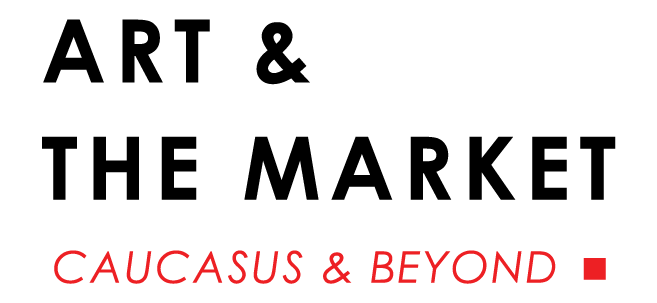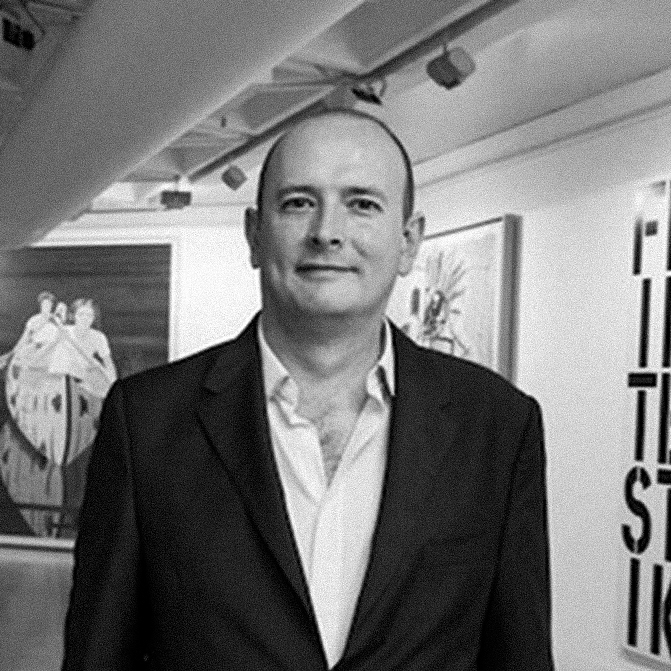
ISBN-13:978-1-61039-840-4
US$30.00
MICHAEL SHNAYERSON (2019)
London. Review by Stephen McCoubrey
At the start of the author’s note for Boom, Michael Shnayerson tells his readers that ’there are many books…that debate the relative merits of contemporary artists and the lasting value of their work. That is not the purpose of this book.’ That is certainly true, and as soon as the narrative starts it is clear that the mega dealers of the sub-title are the stars here, but the pages are richly populated with artists, thank goodness, as it would be a much lesser book without them.
After the author’s note, the prologue starts with a scene-setter involving Armenian-American dealer Larry Gagosian on the balcony of Le Trois Roy hotel, the social epicentre of Art Basel, the artworld’s most prestigious event. It is a wonderful encapsulation of being at the heart of the art market, as I know from sitting in that same spot many times, but, as the narrative develops, so too does its true importance, because this book is, among other things, a eulogy to Gagosian’s achievements as an art dealer.
The book proper starts with a blank slate at the end of World War Two and it successfully inculcates in the reader a sense that this period is a complete re-set for art history.
The setting is New York, and the author takes us on a tour through the studios of the struggling artists who would become the legends of contemporary art, initially the ‘ab-exers’ led by Jackson Pollock, Lee Krasner and Mark Rothko, and the tiny group of dealers and collectors led by Peggy Guggenheim, who chanced their arms to promote them. This generation is followed in short order by the likes of Andy Warhol, Robert Rauschenberg, Cy Twombly, and Jasper Johns, as the prince of contemporary art dealers enters the story; Leo Castelli, of course. Castelli is rightly given his due as one of the greatest art dealers of all time, but it’s not long before Larry Gagosian appears, and hereafter the format of the book is structured around his gradual rise, first as journeyman and then as the anointed successor to Castelli. An incredibly high percentage of the characters that we meet after this point are introduced to us only through their relationship to Gagosian. This does allow Shnayerson to structure his history of how the art market has grown and commodified since the mid-1970s. The widening geography is described through the growing network of Gagosian spaces, the ups and downs of the market affecting Gagosian as they did everyone else, with Larry always given right of reply if things go awry for him at any point. The reader is introduced to a whirlwind of dealers, artists and collectors in a succession of anecdotes, set out in a very readable timeline, usually because they meet Gagosian to buy, sell or have their artists poached by him.
It is at this point that the reader might realise that this is also an almost completely American view of the market, that the first transatlantic super-dealer, Marlborough Fine Art, is airbrushed out. Thaddeus Ropac’s amazing career as a dealer has only one real anecdote (in which he loses out to Larry), and London’s mega-trader, Jay Jopling, is barely mentioned. The Swiss collector/dealer, Ernst Beyeler, is never discussed. His creation, Art Basel, is only mentioned a handful of times, and the gallery scenes in London, Paris, Germany and Switzerland are hardly acknowledged. Most bewilderingly, the growth of the Asian contemporary market and its centre in Hong Kong, one of only three cities in the world with gallery spaces for all the key dealers celebrated in this book, is addressed in three scant pages, despite growing from nothing during Shnayerson’s key timeline.
Really, however, none of that matters. Once you get used to how this framework is used to give a big picture of the market, you can enjoy the impeccably researched and well written stories about a fabulous cast of market insiders that are woven around and through the central theme. I wish I had read an advance copy of the first 200 pages 20 years ago when I was starting out in the art world. After all, some simplification is needed to write a big history with such verve, and it is indisputable that if there is one city central to the art market it is New York and if there is one key dealer, for good or ill (and Shnayerson definitely thinks good) it is still Larry Gagosian. The next twist in the tale, thanks to the pandemic, is yet to be written, but I suspect that it will relate that most of Shnayerson’s key characters have survived and even prospered.

